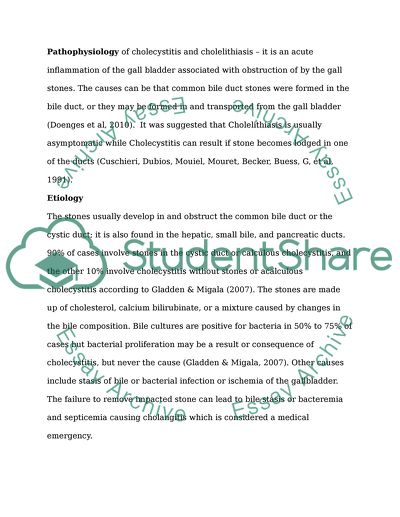Cite this document
(“Clinical Reasoning Assessment Scenario Essay Example | Topics and Well Written Essays - 2000 words”, n.d.)
Retrieved from https://studentshare.org/environmental-studies/1417701-clinical-reasoning-assessment-scenario
Retrieved from https://studentshare.org/environmental-studies/1417701-clinical-reasoning-assessment-scenario
(Clinical Reasoning Assessment Scenario Essay Example | Topics and Well Written Essays - 2000 Words)
https://studentshare.org/environmental-studies/1417701-clinical-reasoning-assessment-scenario.
https://studentshare.org/environmental-studies/1417701-clinical-reasoning-assessment-scenario.
“Clinical Reasoning Assessment Scenario Essay Example | Topics and Well Written Essays - 2000 Words”, n.d. https://studentshare.org/environmental-studies/1417701-clinical-reasoning-assessment-scenario.


